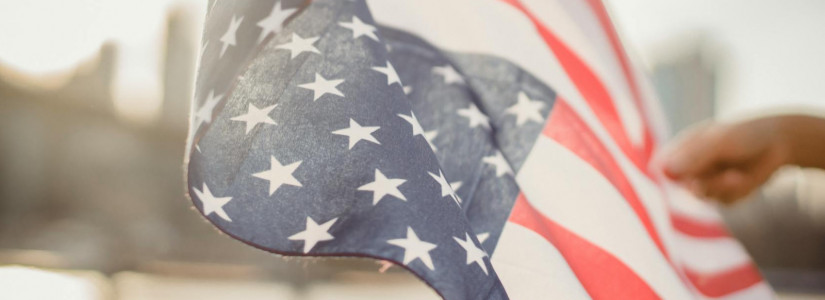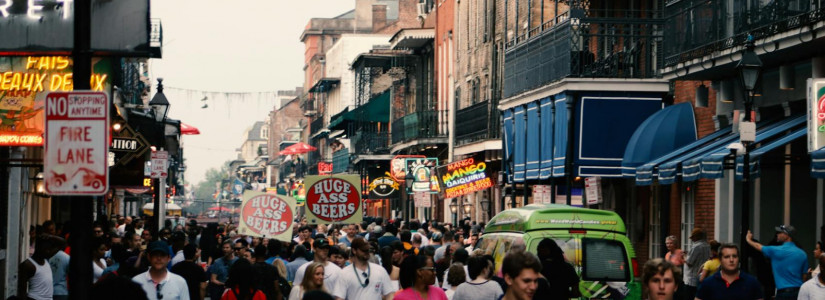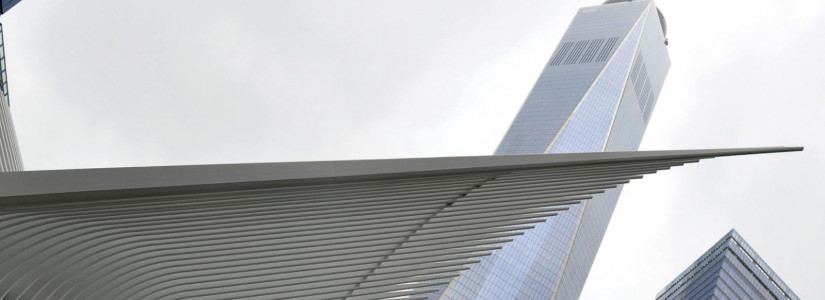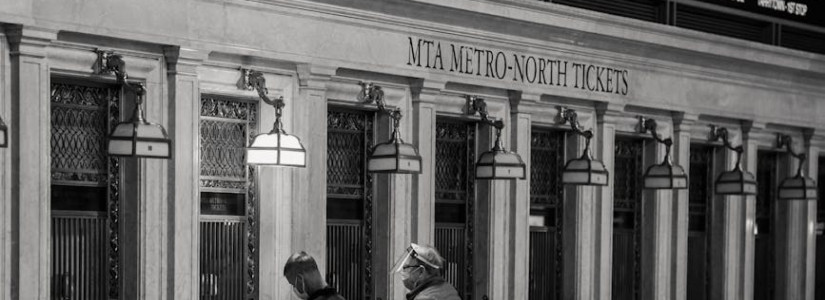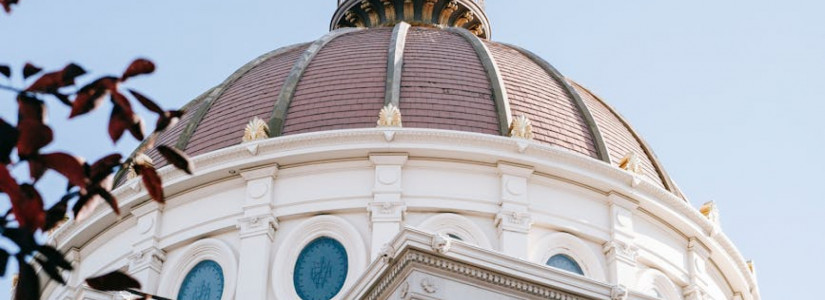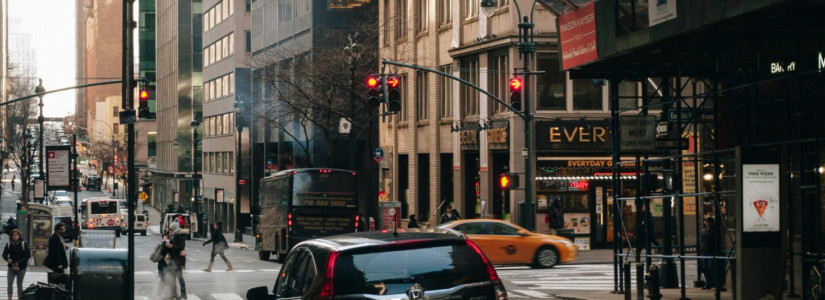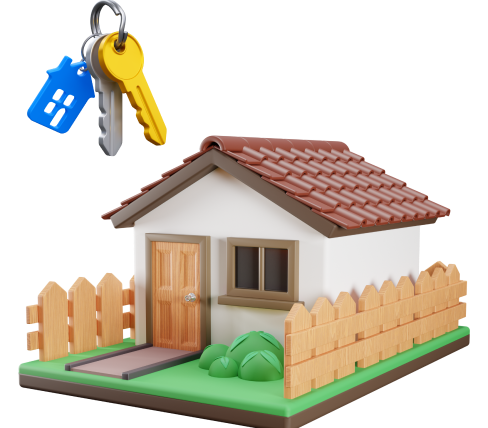HUD and USDA Collaborates to Implements Updated Energy Efficiency Standards for New Homes
The U.S. Department of Housing and Urban Development (HUD) and the U.S. Department of Agriculture (USDA) have collaborated to update the Minimum Energy Standards for newly constructed homes. These updated standards promise lower monthly costs, enhanced comfort, and a healthier planet for homeowners.
By implementing cost-effective solutions such as efficient windows, better insulation, and modern heating and cooling systems, new single and multifamily homeowners can look forward to substantial savings on energy bills. This move not only puts money back into homeowners' pockets but also reduces energy use, reducing our carbon footprint.
The updated standards were prompted by The Energy Independence and Security Act of 2007, which ensures that homes remain affordable and accessible. For single-family homes financed through HUD, the transition to energy efficiency is swift and rewarding, with annual savings of over $950 translating to thousands of dollars over the lifetime of their home.
Multifamily units are also set to save approximately $224 per apartment annually, a boon for renters seeking affordable living options.
These updated standards are especially important for low- and moderate-income families who typically spend more on energy bills. By reducing these costs, families can allocate more towards their needs and aspirations.
Moreover, as we face the challenges of climate change with increasingly extreme weather conditions, these updated standards ensure homes are not just energy-efficient but resilient, safeguarding against the elements and contributing to the well-being of residents.
The initiative is estimated to reduce 6.35 million metric tons in carbon emissions over 30 years and an annual societal cost savings of $13.9 million. This initiative marks a significant step towards sustainable living, applicable to new construction across various HUD and USDA financed programs, promising a greener, more resilient future for American homeowners and renters.
HUD's mission continues to foster strong, sustainable, inclusive communities, and quality affordable homes for everyone. Stay tuned to HUD's website and social media channels for more updates on how we're building better homes for a better tomorrow.
If you're interested in reading more about housing assistance, check out these articles:



